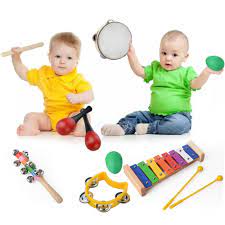1. Introduction
-
Though the violin is originally a Western instrument, it has been completely adapted into Carnatic music.
-
It’s called “Violin” (“வயலின்”) in Tamil also.
-
Introduced to Carnatic concerts in the early 19th century by Baluswami Dikshitar (younger brother of Muthuswami Dikshitar).
2. Structure & Tuning
-
Same physical instrument as in Western classical music (four strings, fretless).
-
Tuning differs:
-
Usually tuned to the tonic (sa) and its fifth (pa) in two octaves.
-
Standard tuning for a male pitch concert:
-
1st string – Pa (lower)
-
2nd string – Sa
-
3rd string – Pa
-
4th string – Sa (higher)
-
-
This allows easy playing of gamakas and drone effect.
-
3. Playing Posture & Style
-
Placed while sitting on the floor, scroll resting on the artist’s right foot and body supported on the chest.
-
This position enables longer bowing and precise control of microtones (gamakas).
-
The style aims to imitate the human voice (gayaki style).
4. Role in Carnatic Music
-
Functions as the main melody instrument or as accompaniment to vocalists.
-
Provides sruti support and follows the singer note-for-note, including improvisations like raga alapana, neraval, swarakalpana.
-
Also played solo in instrumental concerts.
5. Prominent Carnatic Violinists
-
Lalgudi G. Jayaraman – created his own bani (style) and composed varnams, thillanas.
-
M.S. Gopalakrishnan (MSG) – known for bowing and speed.
-
T.N. Krishnan – famous for his classicism.
-
Kunnakudi Vaidyanathan – popularized violin among the masses.
-
A. Kanyakumari – noted female violinist.
-
Next generation: Ambi Subramaniam, Balu Raguraman, etc.
6. Importance
-
Today the violin is indispensable in Carnatic concerts, much like the mridangam for rhythm.
-
It helps sustain notes, express ragas richly, and acts as a bridge between Western and Indian classical styles.

